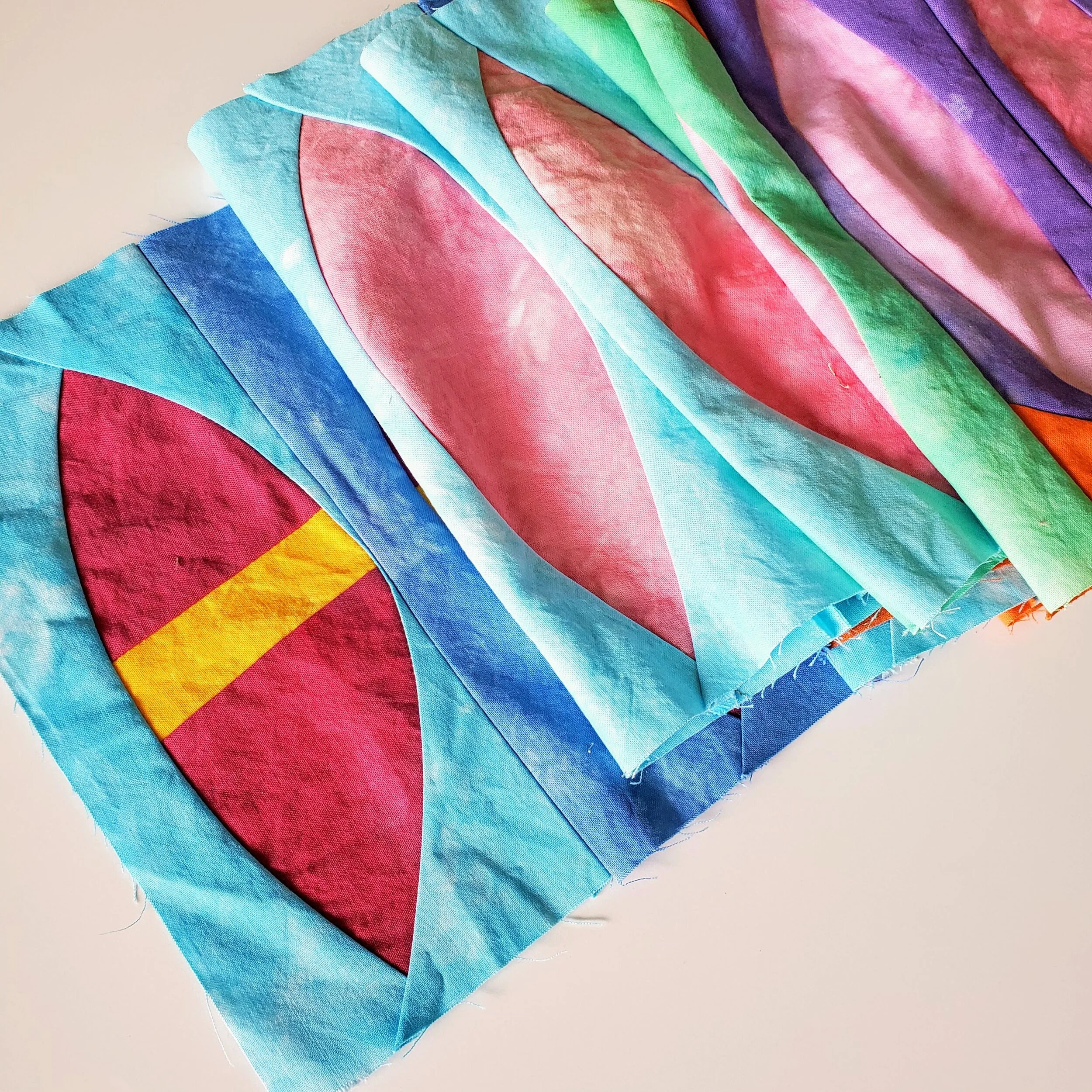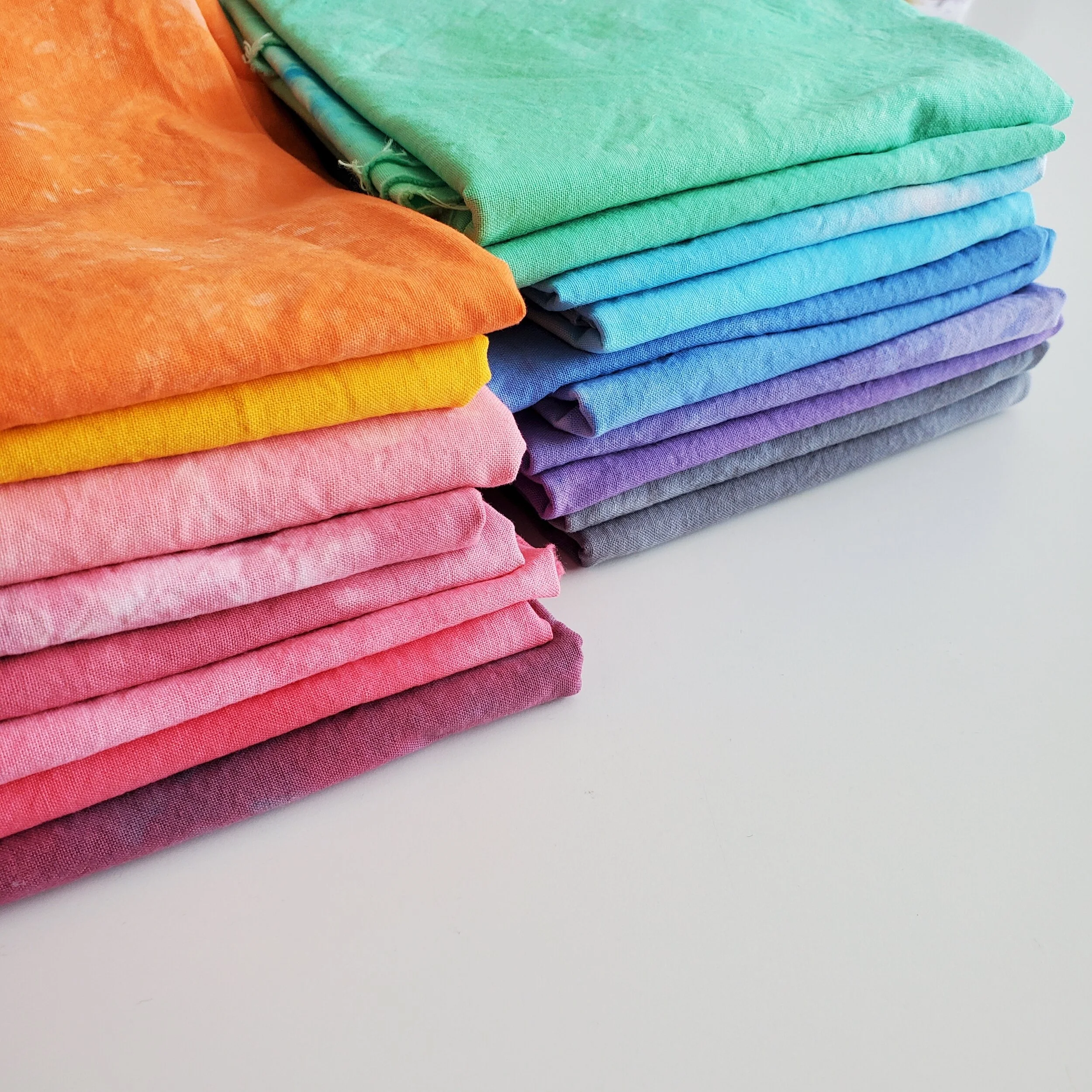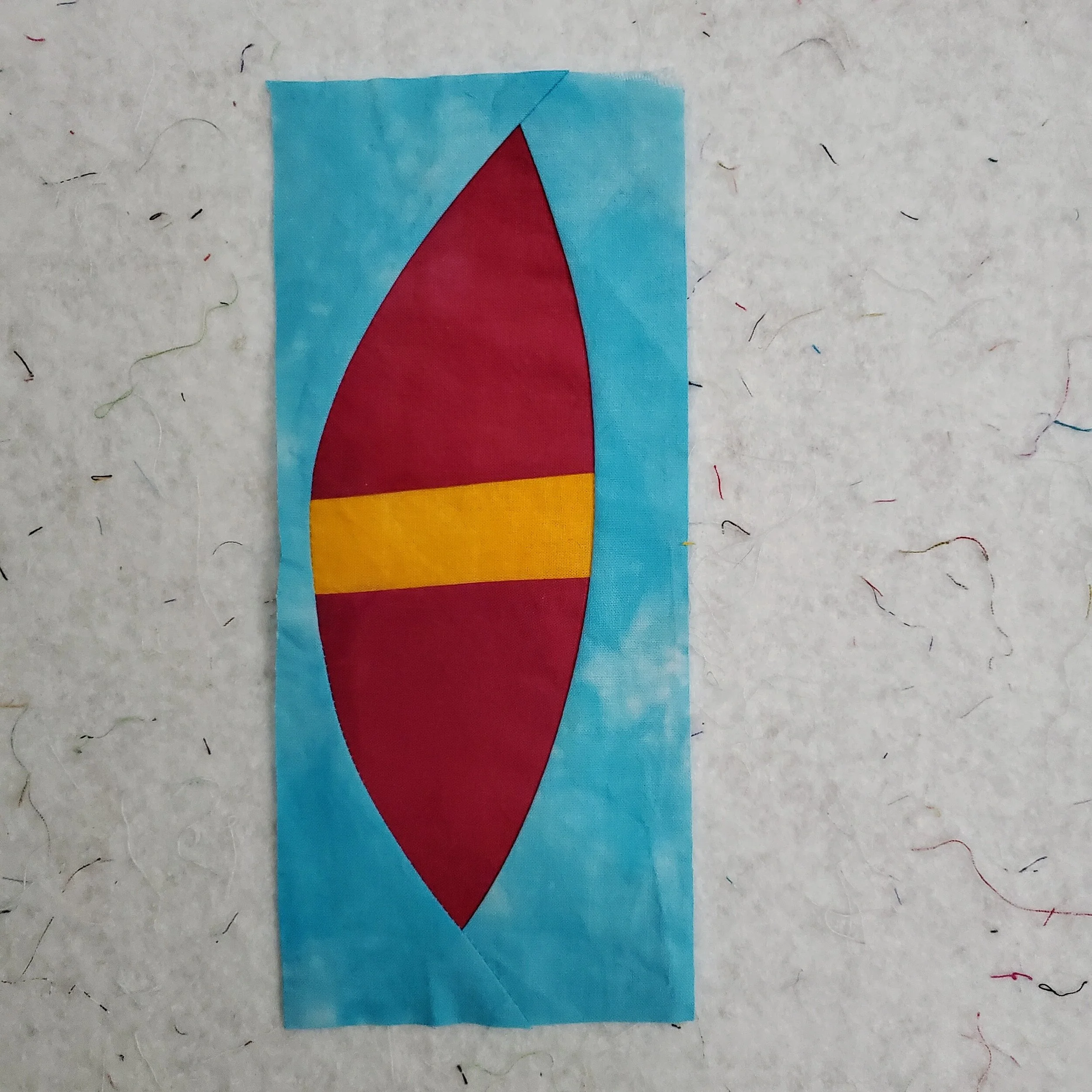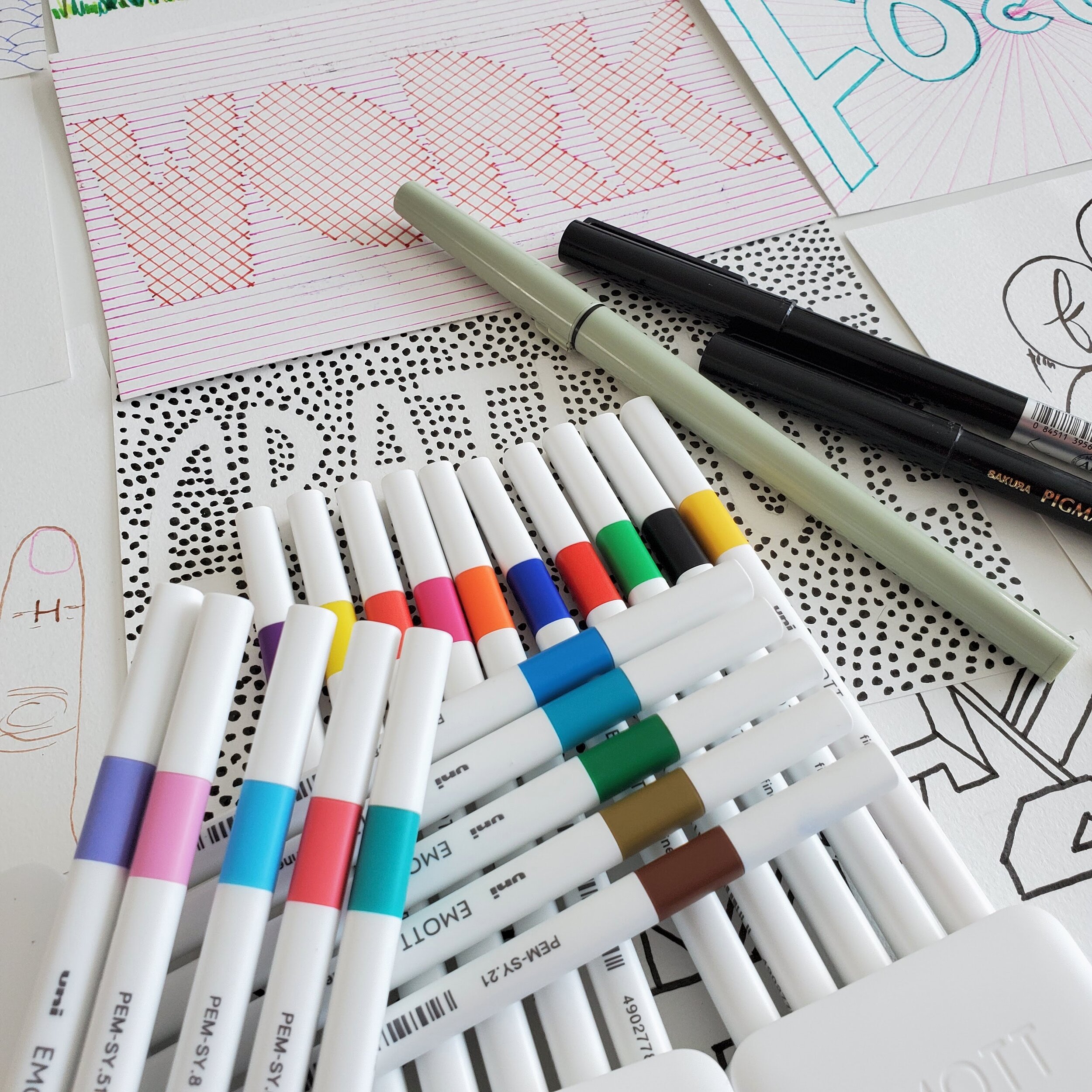After 3 and a half years years I am finally in my new studio. I went back and checked, it was March of 2021 that I first spoke about getting this studio space. It was a much delayed renovation (for so many reasons) but we are in the space. Big sigh! Not sure if it is a sigh of relief for me just yet, but it will come.
Over the years I have sewn at 3 different dining room tables, in my bedroom, in a few different basements in various states of being, in a closet once, and most recently (for the last decade) in a dedicated sewing room at home. Every single space has been a place of creativity and challenge. All I really cared about was that I could sew and I made any space work. What all those spots had in common, though, was that they were at home. This is my first time with a space outside of the home.
The goal for this space is twofold. One, I will have my own creative space for sewing and creating. It is much larger than anything I’ve had before with excellent storage and good lighting. Two, I will be able to both host small classes and film classes here. So, personal and professional opportunities.
My personal space is quite lovely. Open with a lot of room. I’m still missing an actual desk, but it is coming. Of course I set up my sewing table first! After a few days of moving and not sewing I was getting antsy. I’ve more or less set it up exactly as I did at home. It works well for me, this standing configuration.
It is a treat to set up a little sitting area. Technically, I had this in my sewing room at home because it was also our guest room and there was a couch in it. Not surprisingly, it was covered with stuff (quilts, quilt tops, blocks, fabric) most of the time so sitting on it wasn’t always an option. I’m hoping for generous cups of tea and visit with friends here. The chairs themselves came from a friend of mine. She and her family were moving away and leaving furniture behind. These chairs were her grandmother’s. I got new cushions made for them from fabric collected over the years (like hemming pants, cushion covers are not in my wheel house most of the time.)
Since the initial planning I knew I was saving this blank wall to be a giant design wall. I’m nearly finished making it and just have to install it. Folks, it is massive. I am so excited. For me, yes, but also when I am teaching. Having been in so many spaces for classes over the years I know how creative we quilters have to get when it comes to design walls. This is going to help so much.
As much as I am thrilled to have this new space for me, let’s be honest, it isn’t just for me. My son is doing online school in the mornings here. He is transitioning to full time school after missing most of the last 2 years with Long Covid. Then, because the house is now empty in the mornings the dog also comes with us. I won’t lie, this presents a challenge. It isn’t exactly the quiet space I would have hoped for. At least not in the mornings! Maybe that actually helps me with the transition out of the home though? Bring some more of home here so it doesn’t feel weird?
True confession time: this is weird. I am feeling rather discombobulated still. There was the stress of all the moving (and the resulting chaos left at home) and adjusting to change. That’s going to take some time to resolve, I think. Then there is the impact on my schedule. I haven’t had to be up and out of the house in a long time. Plus, I am used to throwing a load of laundry in or getting dinner started in the middle of the day. I had my multitasking game down pat! Truthfully, though, I was doing more of the home/mother stuff and very little of the work stuff these last few years. It was what was required for our family but it sure was frustrating for me. Finally, I’ve worked hard to compartmentalize my life since joining the family business. This new studio space is connected to our office/workshop space. That means I can be interrupted at any time with accounting or strategy questions. I can also pop back and forth between my own quilting work or writing and the family business. My head is spinning somedays! I really liked home is home and work is work. Now it is all jumbled.
Time, I need time. Change isn’t always easy, even if it is the right thing to do. I miss hearing the birds in the background or the noises of residential life. Now I have trains on the regular, power tools, and our employees on their lunch break. That being said, I have the wide open space and opportunity plus excellent storage (as soon as all the shelves are up). Nothing is ever going to be perfect, but it sure can be good.














